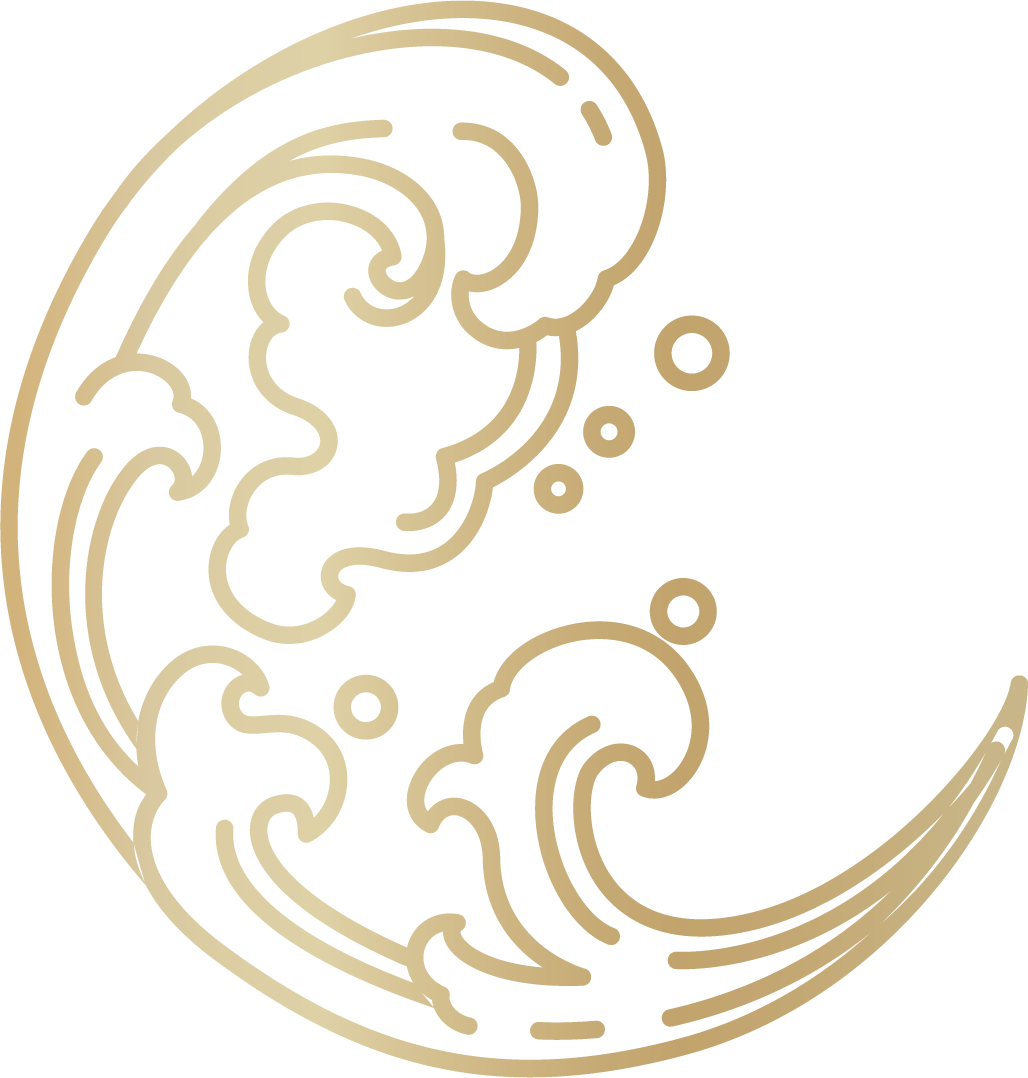Letting your labor begin on its own is usually the best option for low risk birth parents. When all “players” (your baby, your hormones, your placenta and your uterus) are ready, you will go into labor on your own. In the last few weeks of pregnancy, your baby and your body undergo some very important changes that are vital for their wellbeing after birth. Labor and birth are healthier and easier when all systems are a “go”.
If labor is started artificially, birth becomes a medical event that can go much different from natural labor. Unless you or your baby have a problem that warrants a labor induction it is well worth it to patiently wait for labor to begin on its own. Even if your due date has passed and you’re impatiently waiting to finally hold your baby, know that there are many reasons why you should let nature take its course.
In this blogpost I’d like to introduce you to the delicate dance of hormones during labor and how that can affect your body and your birth when left undisturbed:
The balance of hormones that kick off labor
During labor a very delicate balance of hormones has to be exactly right in order for your baby and your body to “kick off” labor. There is nothing you “have” to do in order for this balance to be perfect, but knowing how these hormones work can help you adjust your environment to promote a natural onset of labor.
Prolactin is the hormone that starts labor. When a baby is ready to be born, they release a protein. Mother’s body recognizes the protein and responds by producing prolactin (pro-lactation). Prolactin is produced in high quantities at night time, therefore, it is likely that labor will begin at night.
- Prolactin is the hormone of breastmilk synthesis
- It promotes adaptation of motherhood/fatherhood
- It supports fertility, labor, birth, breastfeeding, attachment
- It rises at night (which is why most mammals give birth at night)
- It rises again at full dilation
- It peaks at 1-2 hours after birth
Oxytocin is the love hormone. When the body recognizes prolactin, it responds by producing oxytocin. Oxytocin causes contractions and is released during times of love: during labor, during breastfeeding, and during orgasm. To help keep your Oxytocin levels high during labor, your doula keeps your room dark and quiet, makes sure you are not interrupted and you can move around in private. Your doula will also encourage you and your partner to stay close, cuddle, kiss and/or slow dance.
- Oxytocin reduces stress
- It increases relaxation
- It is a natural analgesic
- Central motivation and rewards system (sexual intercourse, birth, breastfeeding)
- Produces contractions, attachment, and breastfeeding
- Produced during times of intimacy, affection, love
- Kiss, hug, dance, hold, have closeness
- No clocks, watches, technology
- Have a photo of something you love
- Provide gentle touch
Beta Endorphin (Natural Opiate) When the body recognizes oxytocin, it responds by releasing beta endorphins. Beta Endorphins (natural opiate, feel good hormone) is the body’s way of providing pain relief in response to the contractions.
- Analgesic effect
- Reduces stress
- Promote psychological well being
- Central motivation and rewards system (“runner’s high”)
- Promotes breastfeeding and attachment
- During birth promotes an “altered state of consciousness”
The cycle of these three hormones will continue throughout labor to keep labor going until it is time to push. That is when Catecholamine is produced:
Catecholamine (Adrenaline) After a brief period of rest, catecholamine (adrenaline) will be produced. This will help the baby’s lungs one last time before the baby takes its first breath. It will also give the birthing person a blast of energy – enough to push the baby.
- Known as the “fight or flight” hormone
- Shifts blood away from non-essential organs
- Body focuses on survival skills
- Decreases blood supply to the uterus, and decreases labor contractions
- A surge during the pushing phase gives mom more energy and offers newborn protection and transition to life outside the womb (cortisol matures fetal organs)
Catecholamines are very beneficial during the pushing phase of labor but can hinder labor progression if they come into play too early. Imagine a Puma mom in the jungle trying to give birth. What if there is a predator close that is trying to get an advantage of her vulnerable state?
The fight or flight mode will set in, catecholamines will be produced in her body and her labor will stop. Labor will stop in order for the Puma mom to fight her opponent and find a better place to give birth privately and undisturbed. People are no different. That is why we don’t interrupt a birthing person and let her move through labor undisturbed in the best environment possible.
Reach out to me anytime if you have any more questions on the hormonal cycle of childbirth. I’d love to help.
Love,
Sabine

Thx